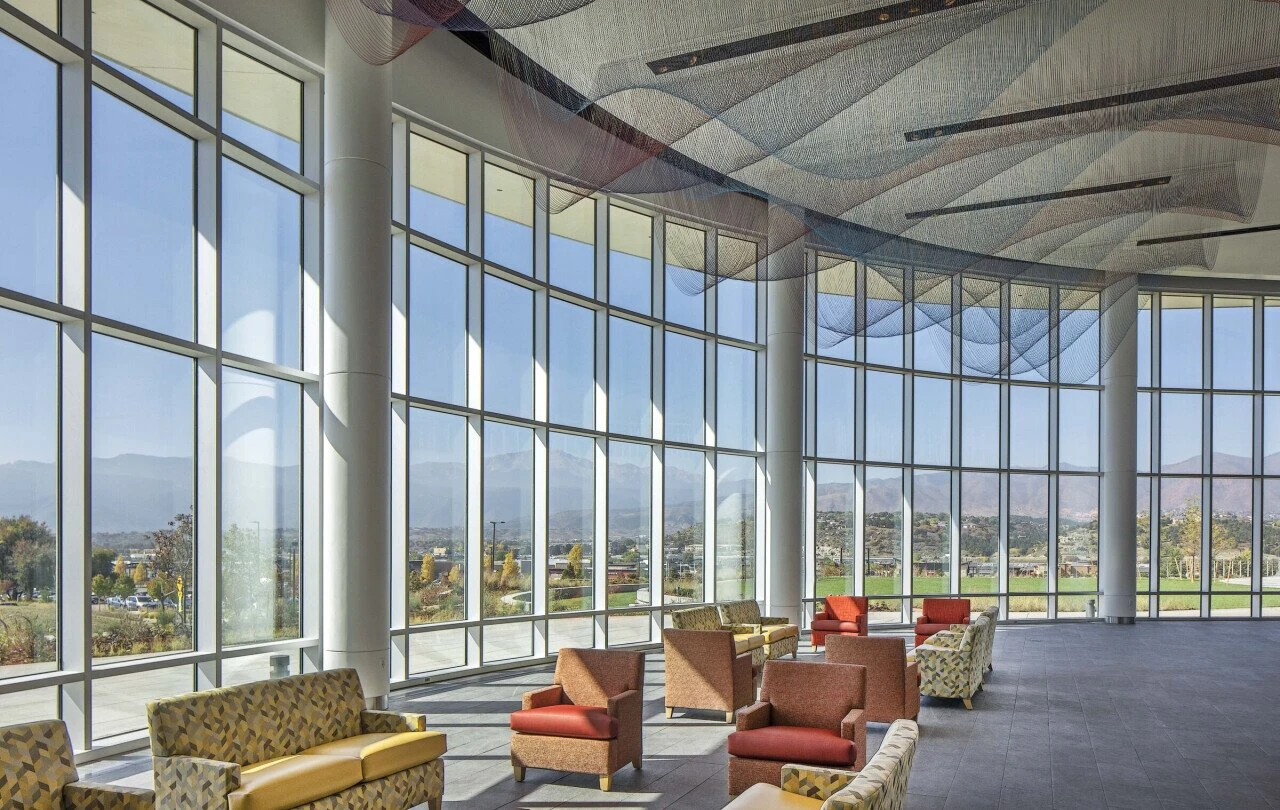

Understanding the Price Dynamics of Low-E Glass An In-Depth Analysis
Low-emissivity (Low-E) glass has revolutionized the construction and manufacturing industries, becoming a standard choice for energy-efficient building designs. With its unique ability to reflect infrared light while allowing visible light to pass through, Low-E glass significantly reduces heat transfer, thereby enhancing energy efficiency. This article aims to delve into the factors affecting the price of Low-E glass and its implications for consumers and the industry.
1. The Composition and Manufacturing Process
Low-E glass is produced using advanced coating processes that typically involve silver oxide and other metallic compounds. This intricate manufacturing process adds to the cost. The price of the raw materials used, including specialized coatings, directly influences the final price of Low-E glass products. As the demand for eco-friendly solutions rises, the materials needed for creating Low-E coatings may fluctuate in price, further impacting overall costs.
2. Market Demand and Supply
The price of Low-E glass is heavily influenced by market dynamics. As more builders and homeowners recognize the benefits of energy efficiency, demand for Low-E glass has surged. However, supply chain disruptions, whether due to raw material shortages or manufacturing delays, can lead to price increases. The COVID-19 pandemic, for example, highlighted vulnerabilities in supply chains globally, causing price volatility across various industries, including construction materials.
3. Technological Advancements
Innovations in glass technology also play a significant role in pricing. Newer coatings and production methods can lead to improved efficiency and durability, making these advanced Low-E glass products more desirable despite potentially higher price points. For instance, double and triple glazing options equipped with Low-E coatings represent cutting-edge technology that often comes at a premium. Thus, as technology progresses, the balance between cost and benefit becomes a crucial consideration for consumers.

Government regulations and incentives aimed at promoting energy-efficient building practices can also affect Low-E glass prices. In regions where energy efficiency is mandated, demand for Low-E glass increases, potentially leading to higher prices if production does not keep pace. On the other hand, subsidies or tax incentives for using energy-efficient materials may alleviate costs for consumers, thereby influencing market pricing trends.
5. Comparative Analysis
When analyzing Low-E glass prices, it's important to compare them with traditional glass options. While Low-E glass may be priced higher initially, its long-term energy savings can result in lower overall costs. Homeowners and businesses must weigh the upfront investment against potential reductions in energy bills, making Low-E glass a financially sound choice in the long run.
6. Future Trends
Looking ahead, the price of Low-E glass is likely to stabilize as manufacturers scale production and new technologies are developed. Additionally, as climate change awareness grows, an increasing number of consumers may prioritize energy-efficient solutions, leading manufacturers to invest in innovation and potentially lower prices through economies of scale.
Conclusion
In summary, the price of Low-E glass is influenced by a myriad of factors including raw material costs, manufacturing processes, market demand, technology advances, regulatory impacts, and long-term savings potential. While the initial costs of Low-E glass may be higher than traditional alternatives, the benefits of energy efficiency and sustainability cannot be overlooked. As the industry evolves, consumers must stay informed about these dynamics to make educated decisions that align with their financial and environmental goals. As energy efficiency and eco-conscious designs become standard in the building sector, understanding the price dynamics of Low-E glass will be essential for both consumers and industry stakeholders alike.